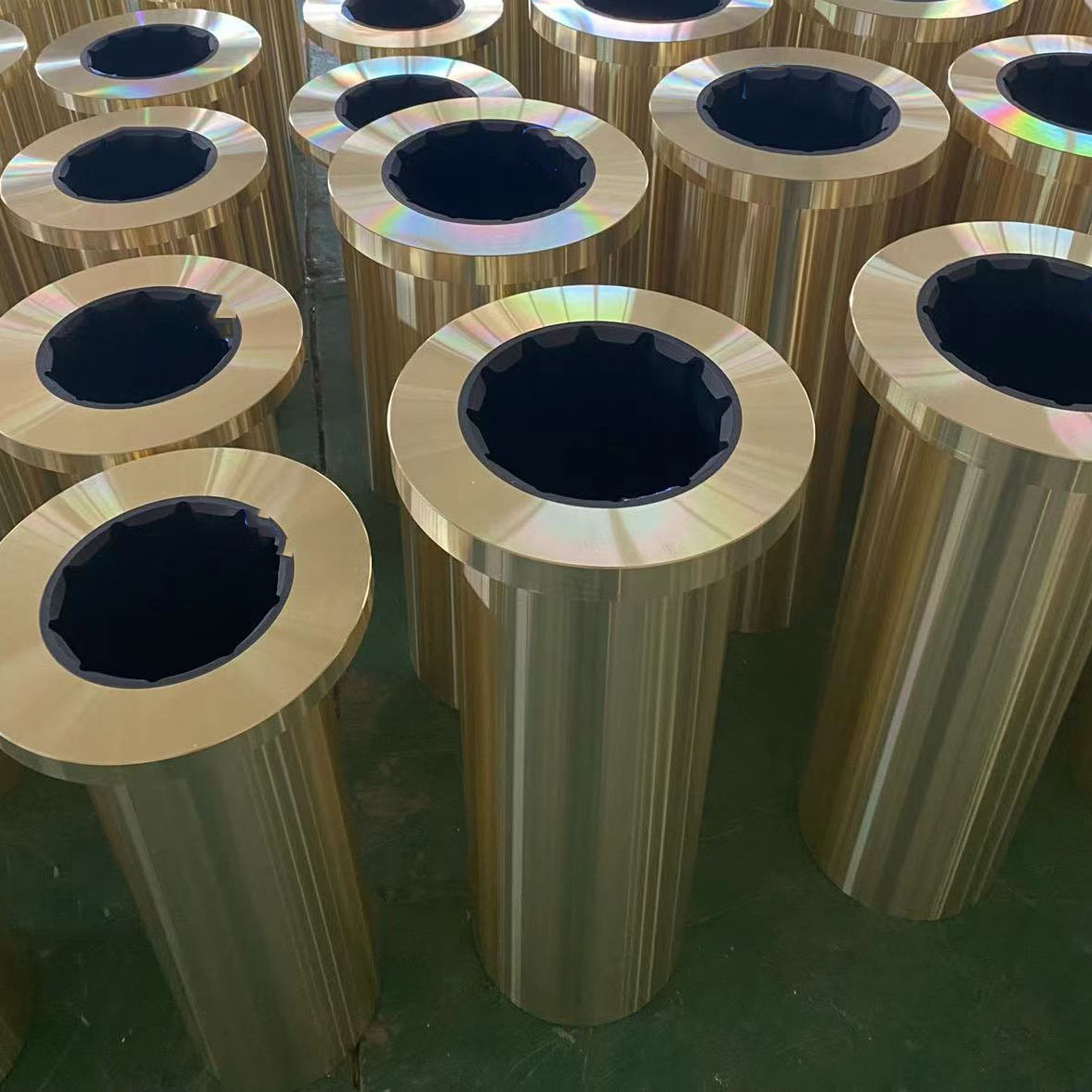rear engine oil seal
Understanding Rear Engine Oil Seals Importance, Function, and Maintenance
The rear engine oil seal is a critical component in vehicles, playing a significant role in preventing oil leaks and ensuring the smooth functioning of the engine. Despite its small size and often overlooked nature, the rear engine oil seal is essential for maintaining engine integrity, performance, and longevity. This article explores the importance, function, and maintenance of rear engine oil seals.
What is a Rear Engine Oil Seal?
A rear engine oil seal, commonly referred to as a rear main seal, is located at the back of the engine, sealing the joint between the engine block and the crankshaft. Its primary purpose is to prevent engine oil from leaking out of the engine, which can lead to decreased oil levels, increased friction, and ultimately engine failure. These seals are typically made from durable materials such as rubber or silicone, designed to withstand the pressure and heat generated within the engine.
Importance of Rear Engine Oil Seals
The rear oil seal plays a vital role in ensuring that engine oil remains within the engine. Oil lubricates moving parts, reducing friction and preventing wear and tear. A failing rear main seal can result in significant oil leaks, which can lead to low oil levels and the consequent overheating of the engine. This not only affects performance but can also cause catastrophic engine damage if not addressed promptly. Furthermore, oil leaks can create hazardous driving conditions, as they may lead to spills on the road, increasing the risk of accidents.
Signs of a Failing Rear Engine Oil Seal
Recognizing the symptoms of a failing rear engine oil seal is crucial for vehicle maintenance
. Common signs includerear engine oil seal

1. Oil Puddles If you notice oil spots under your vehicle, especially after parking, it could indicate a leak from the rear oil seal. 2. Oil Warning Light An illuminated oil warning light on your dashboard may signal low oil levels due to a leak.
3. Burning Smell A burning smell, often indicative of oil leaking onto hot engine components, should be addressed immediately.
4. Engine Performance Issues A decrease in engine performance or an increase in engine noise can also suggest oil-related issues.
Maintenance and Replacement
Regular maintenance is key to ensuring the longevity and performance of rear engine oil seals. It is advisable to have your vehicle checked periodically for oil leaks and to monitor oil levels regularly. If any signs of wear are observed, replacement of the rear engine oil seal should be considered.
Replacing a rear engine oil seal is a task that typically requires professional assistance, as it involves disassembling a significant portion of the engine. Professional mechanics can ensure that the new seal is installed correctly, minimizing the risk of further leaks and associated problems.
Conclusion
The rear engine oil seal is an integral, yet often underappreciated, component of vehicle engines. Understanding its function and importance can empower vehicle owners to maintain their cars better and prevent costly repairs. Regular inspections and timely replacements will not only extend the life of the engine but also enhance the overall driving experience. Staying proactive with vehicle maintenance can keep oil leaks at bay and ensure that your engine remains at peak performance for years to come.
-
The Ultimate Guide to Car Repair Kits: Tools and Essentials Every Driver Should Own
News Aug.01,2025
-
The Complete Guide to Oil Pan Gaskets: Sealing Engine Leaks the Right Way
News Aug.01,2025
-
Preventing Oil Leaks: A Complete Guide to Oil Pan Gaskets and Drain Seals
News Aug.01,2025
-
Everything You Need to Know About Oil Pan Gaskets and Drain Plug Seals
News Aug.01,2025
-
Essential for Car Owners: How to Use a Car Repair Kit to Deal with Minor Breakdown
News Aug.01,2025
-
Comprehensive Guide to Engine Oil Sump Gaskets and Related Seals
News Aug.01,2025
-
The Ultimate Guide to Boat Propeller Bearings and Trailer Wheel Bearings
News Jul.31,2025
Products categories















